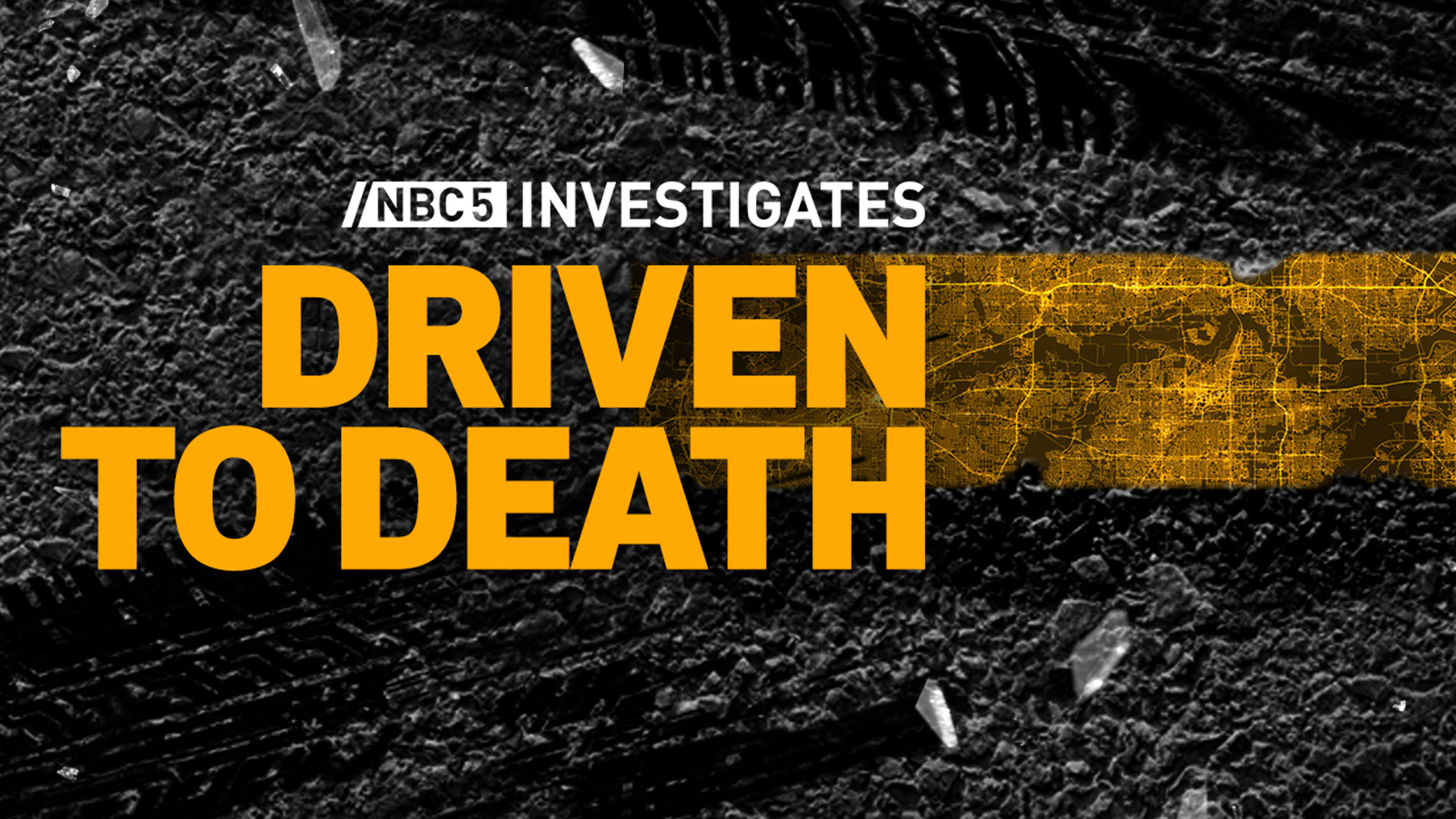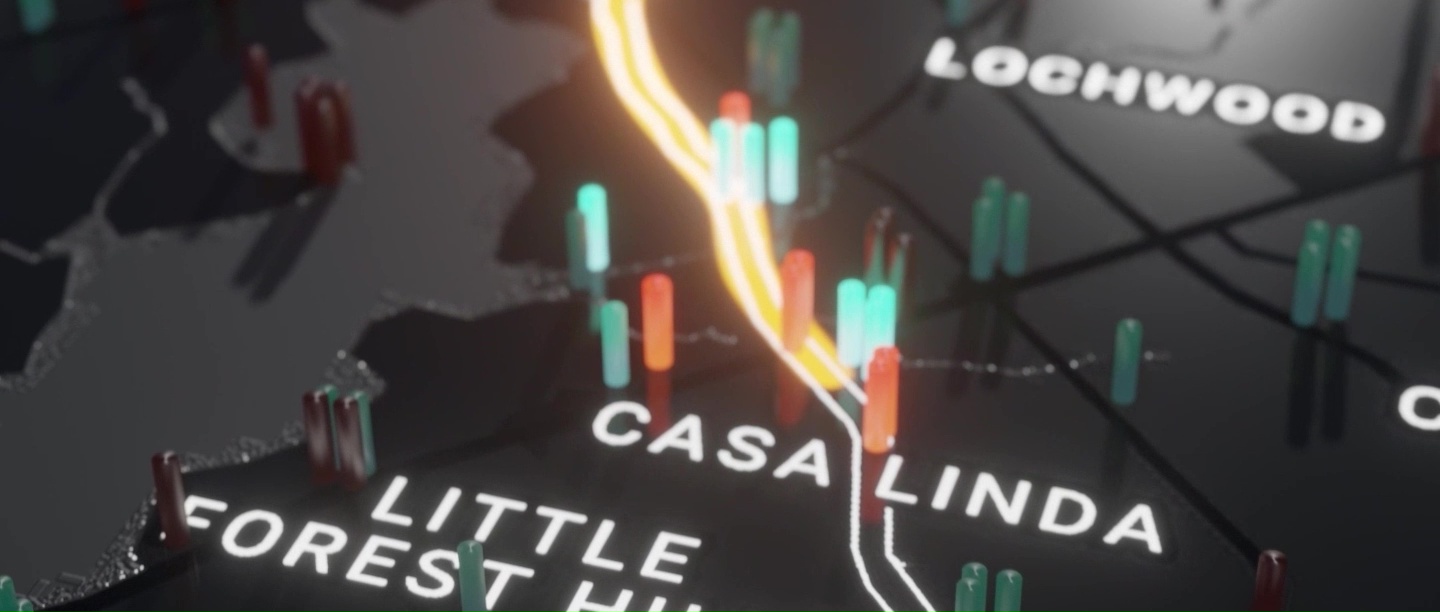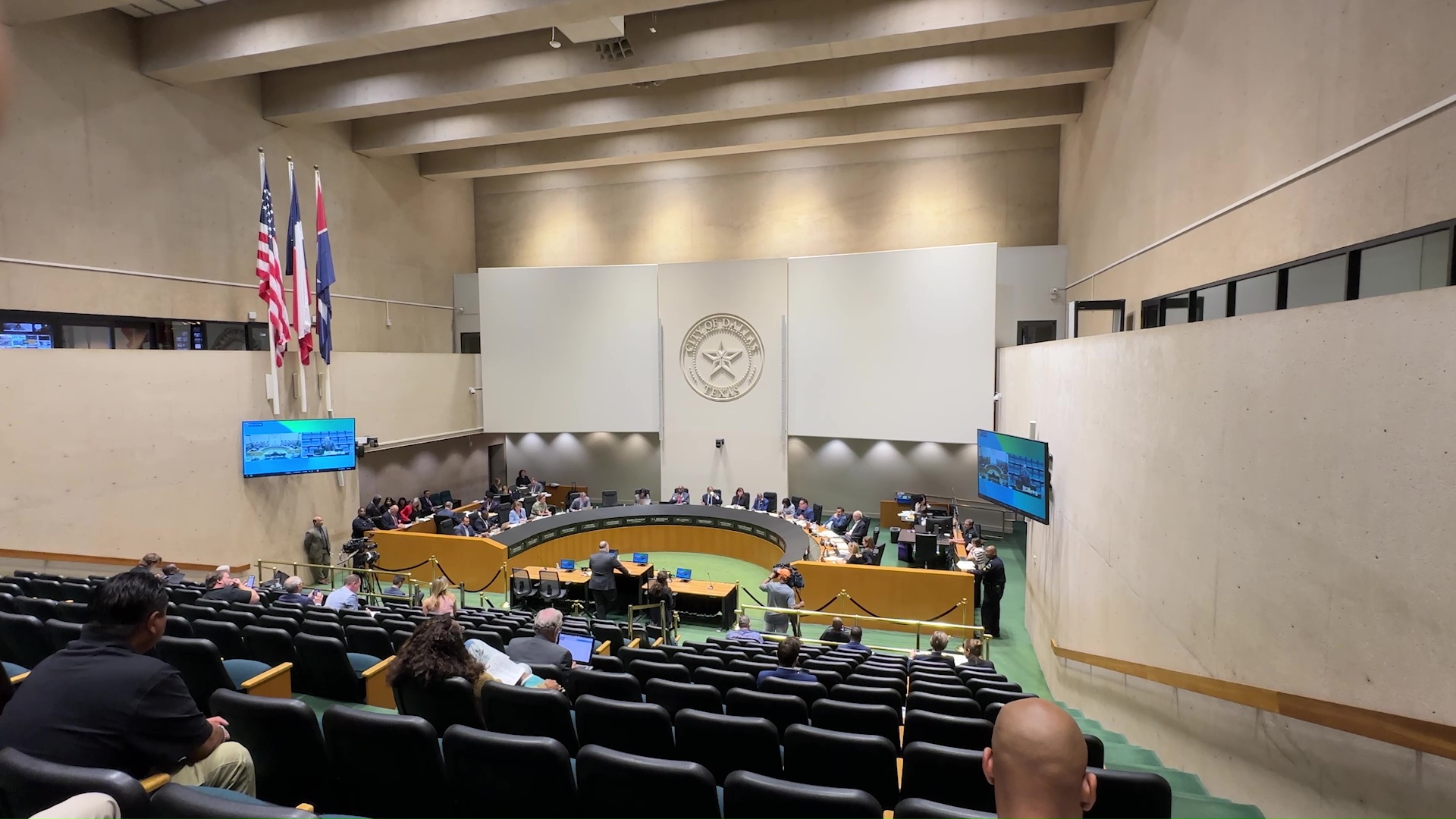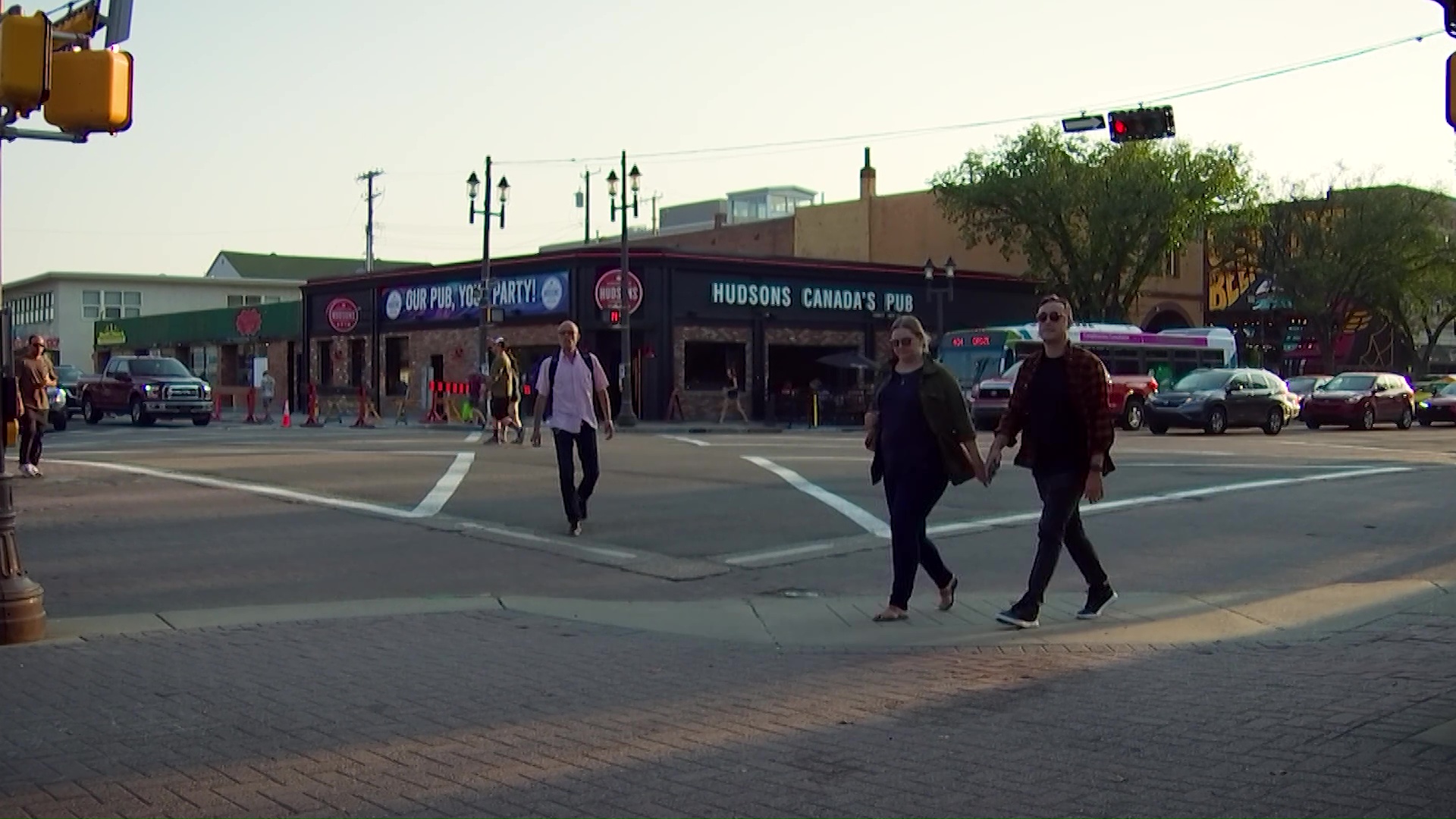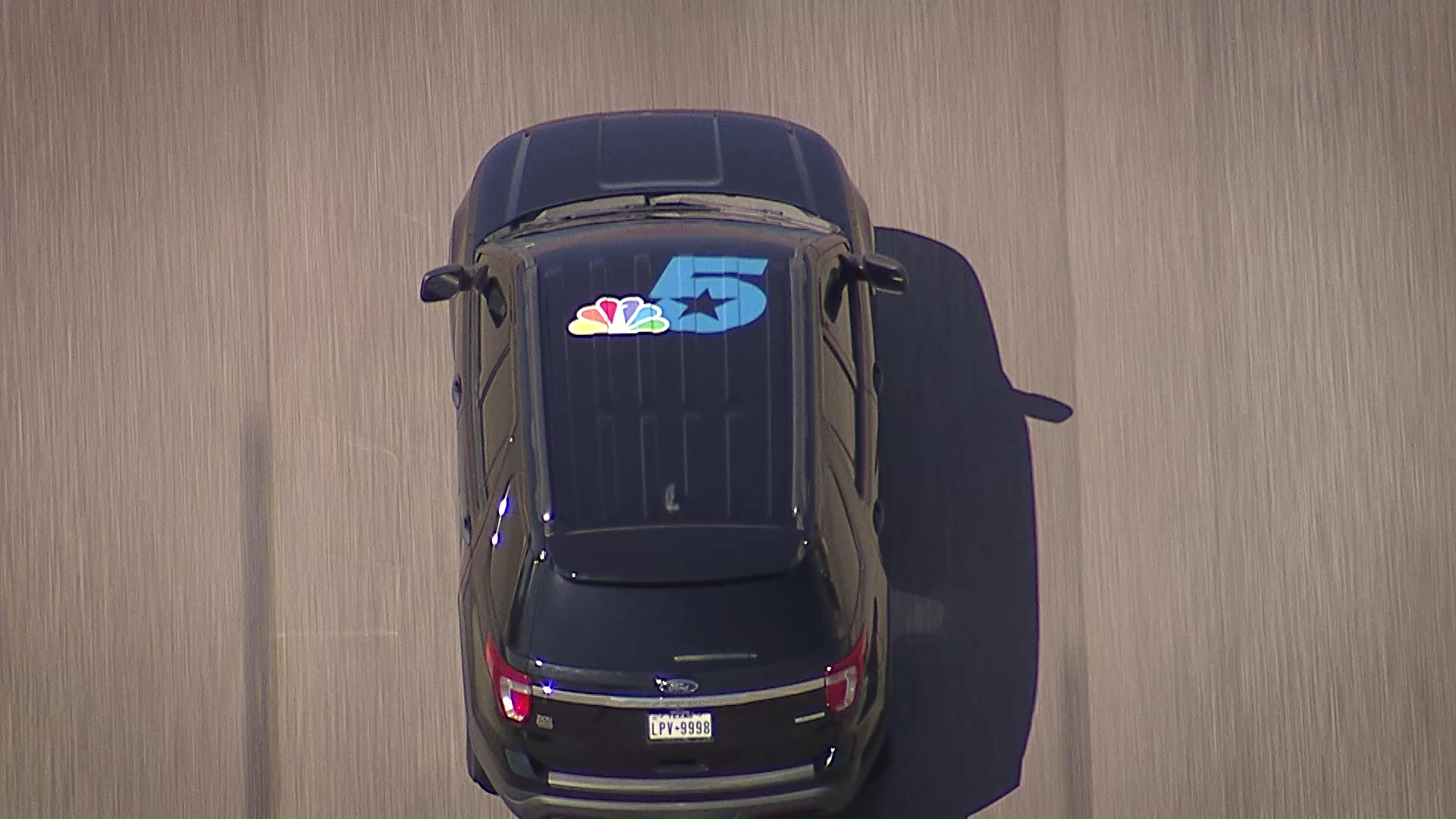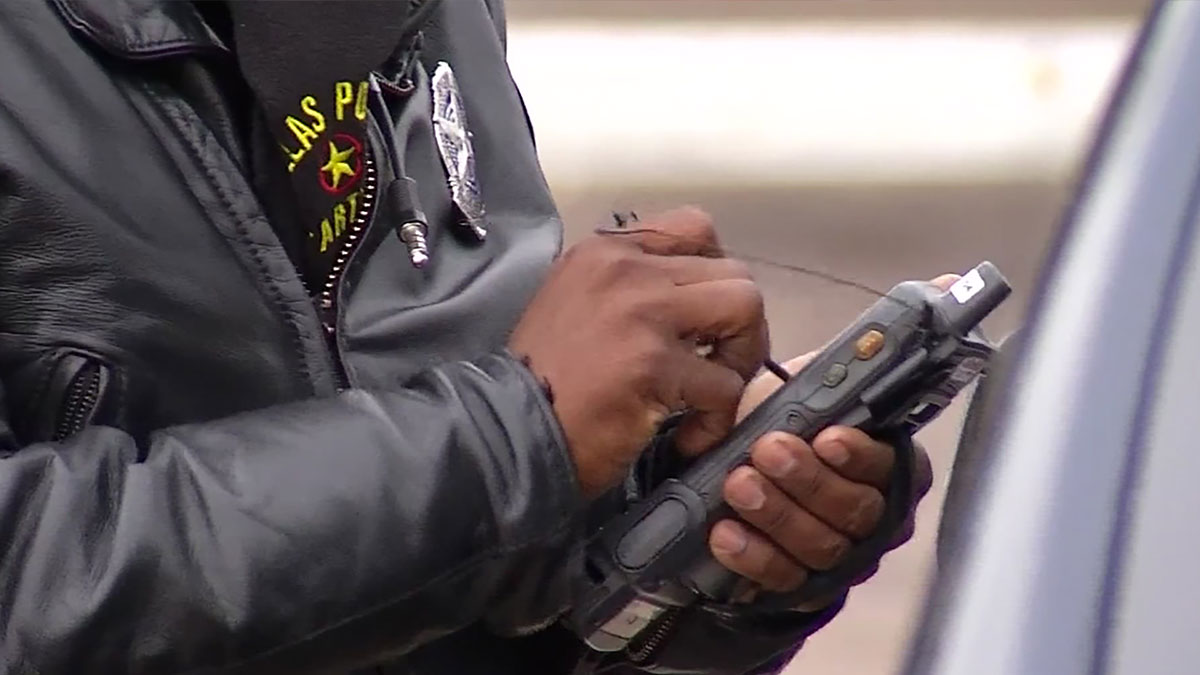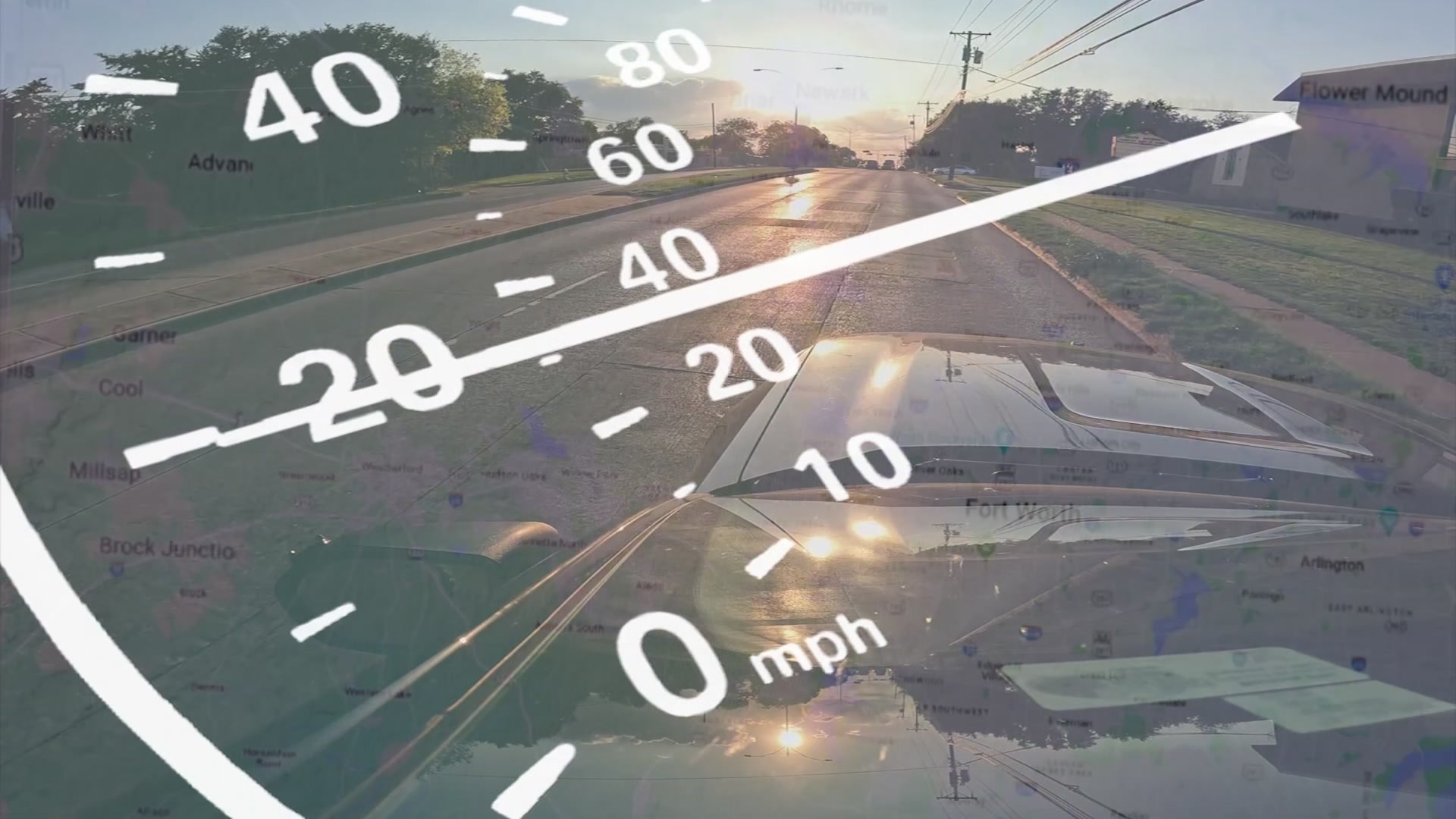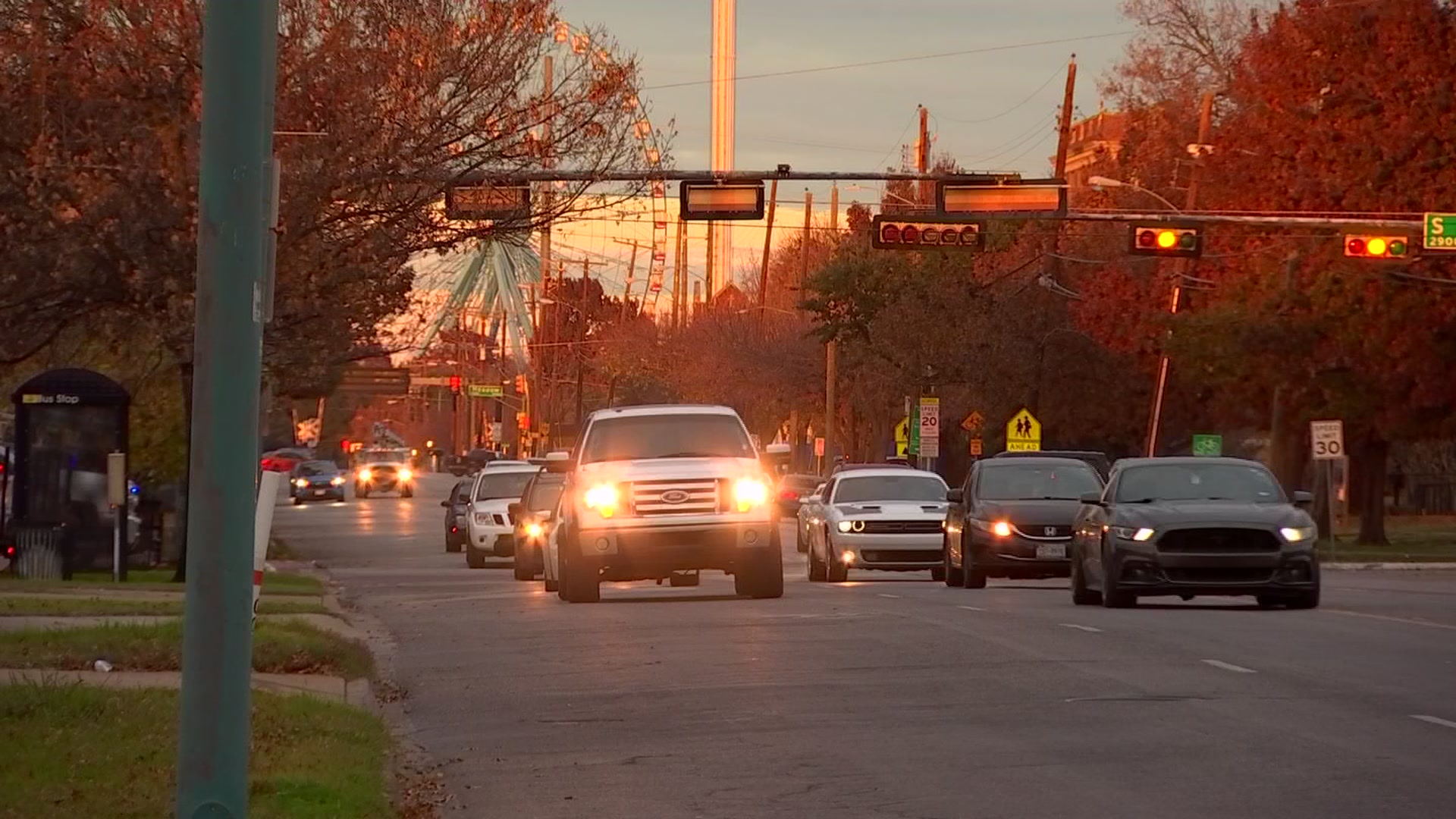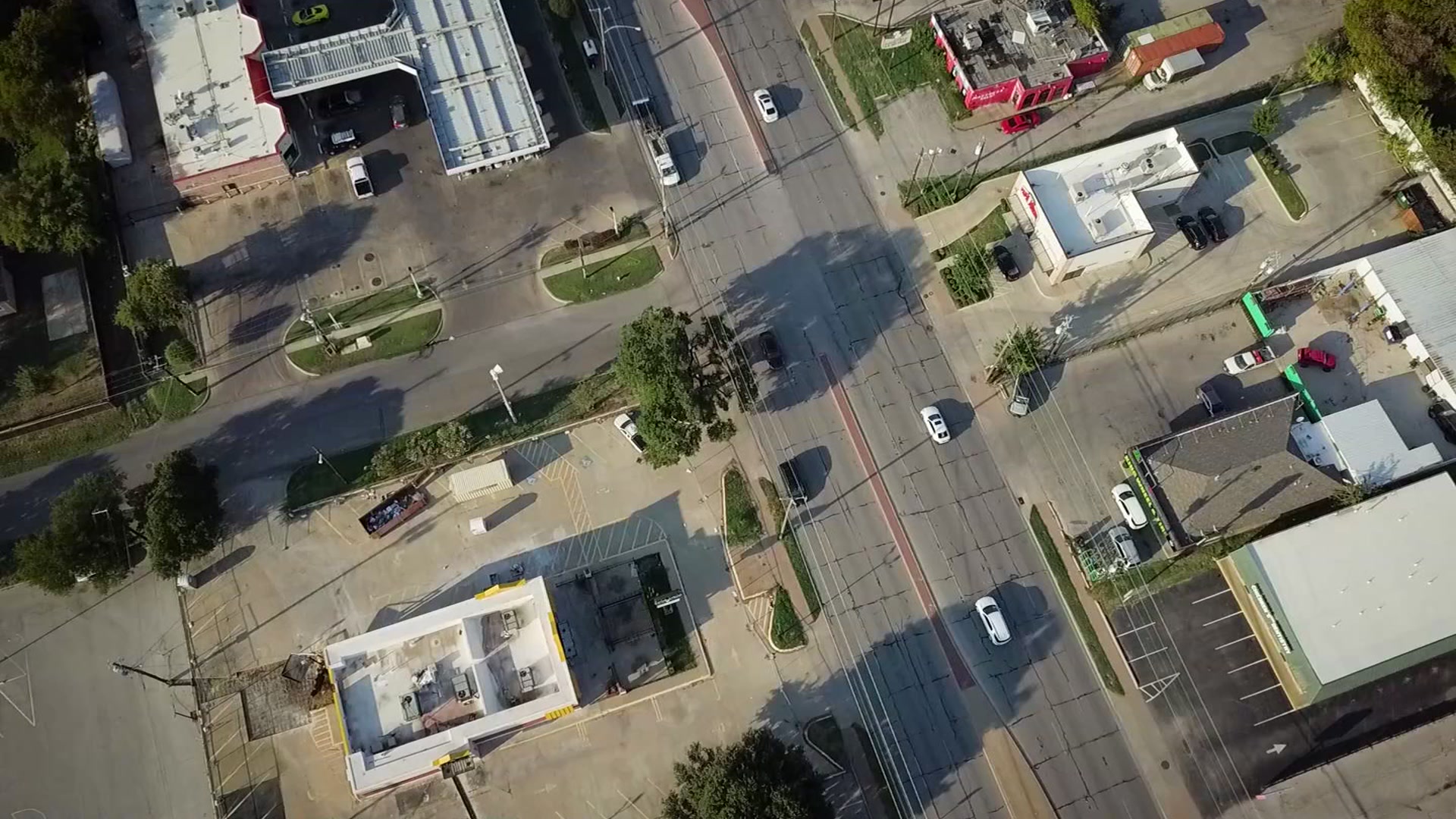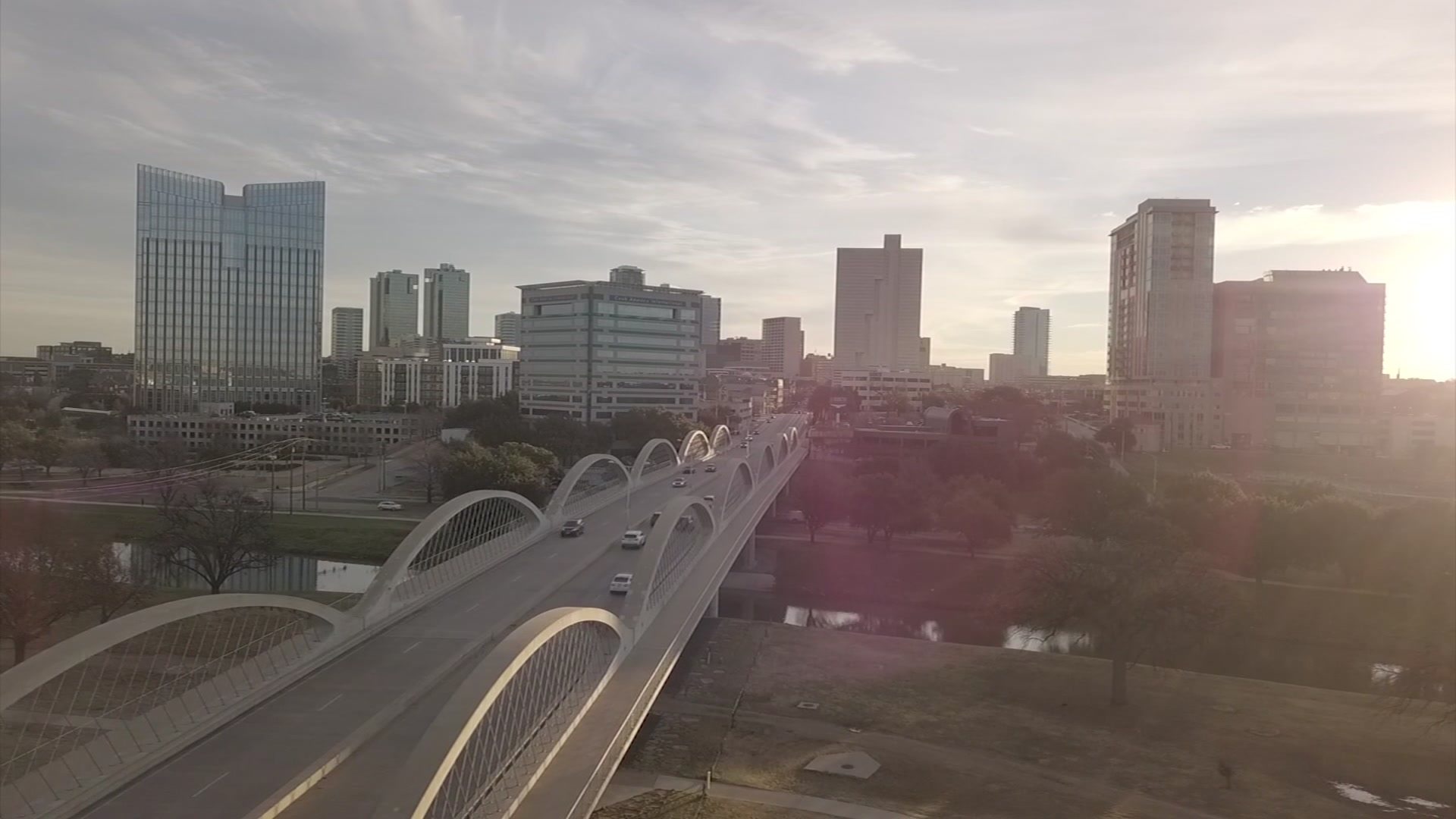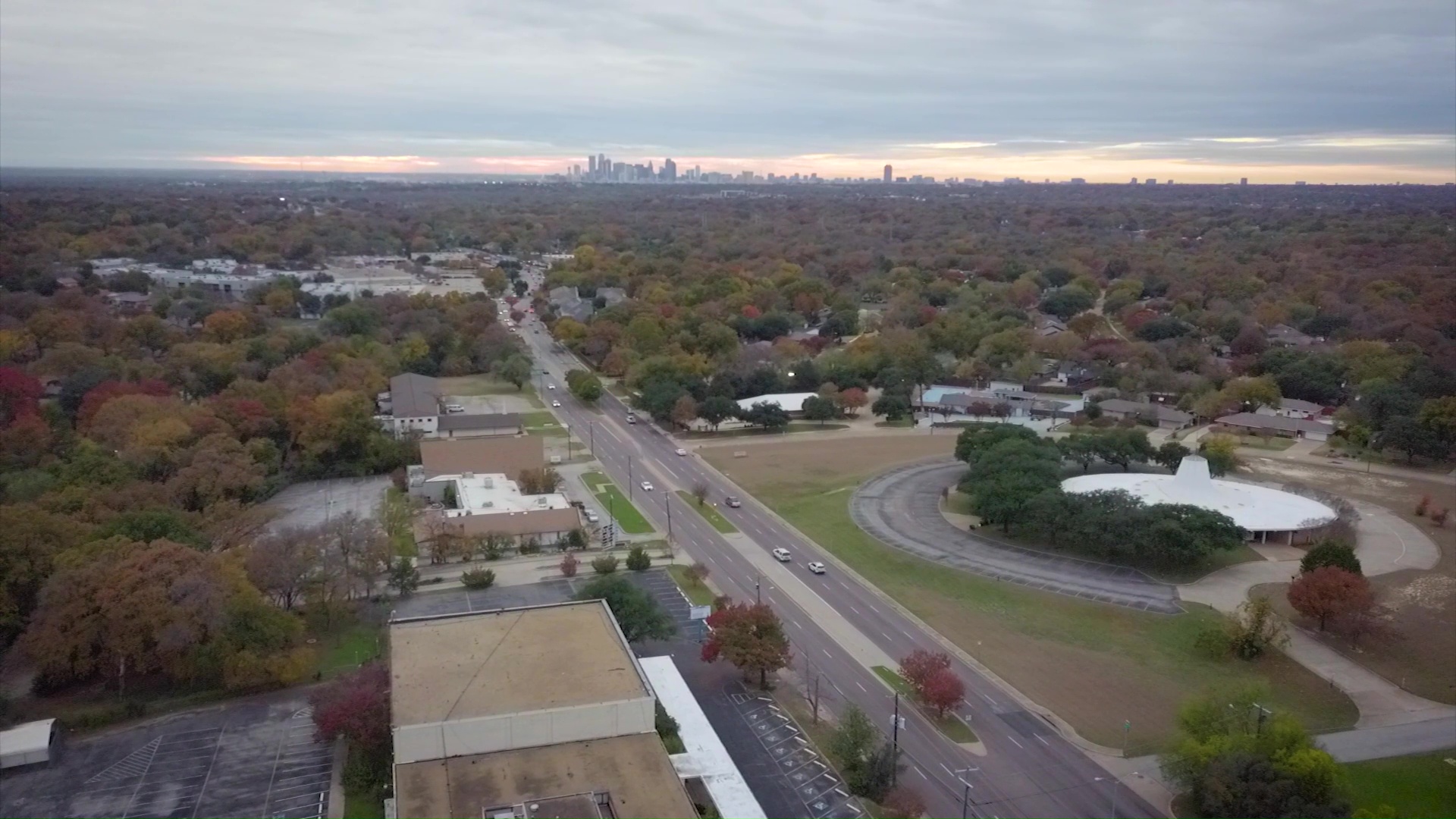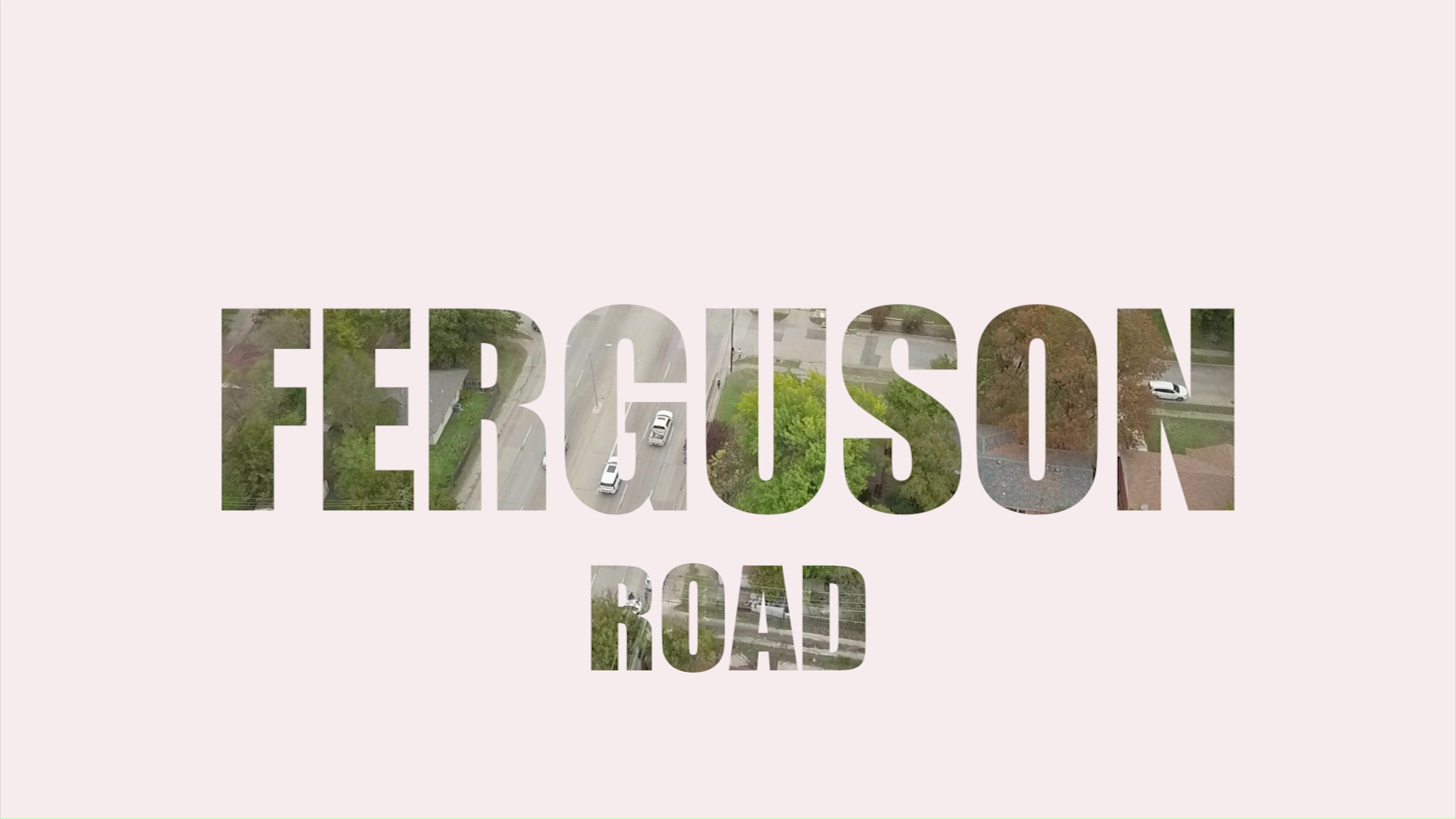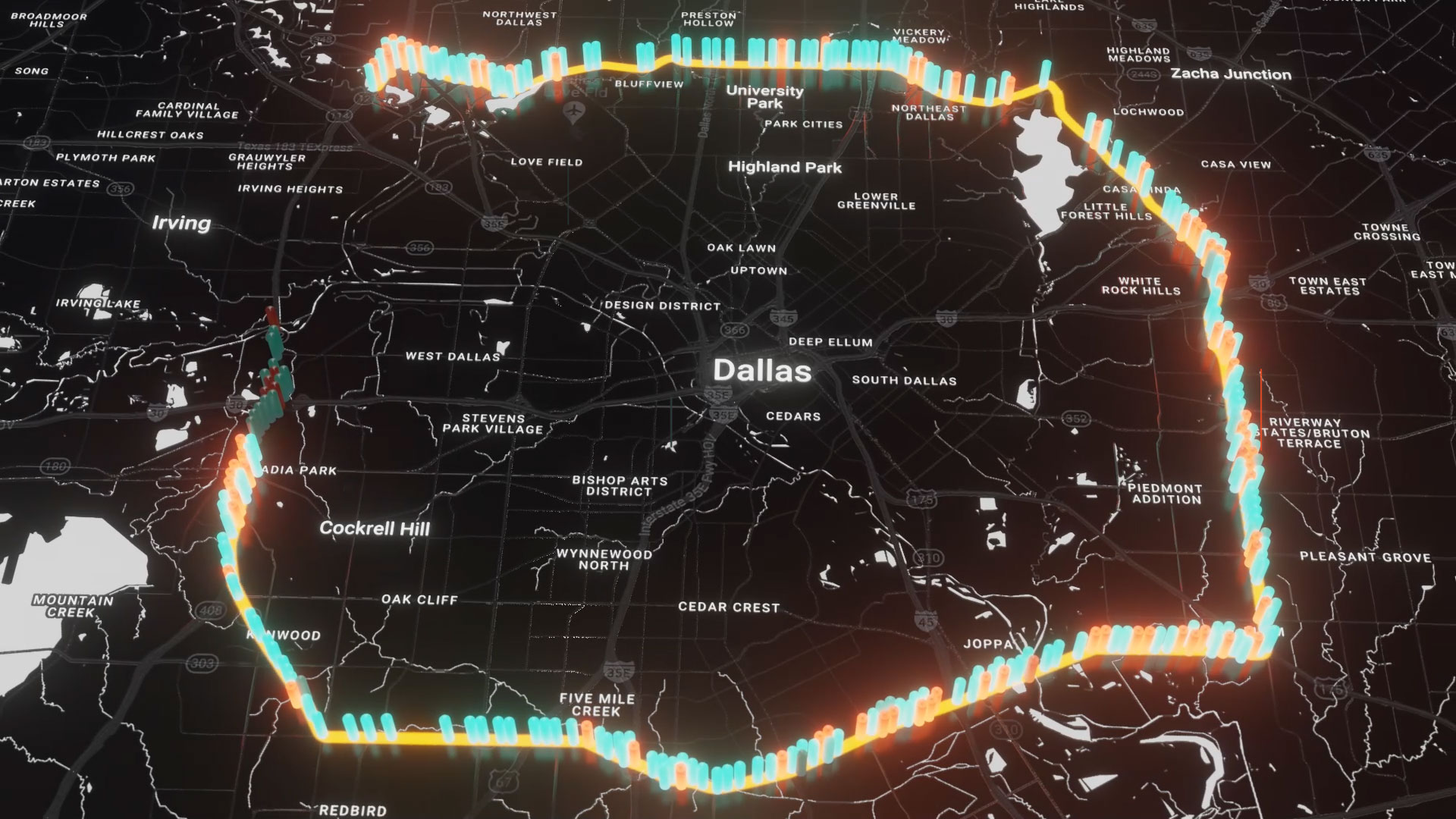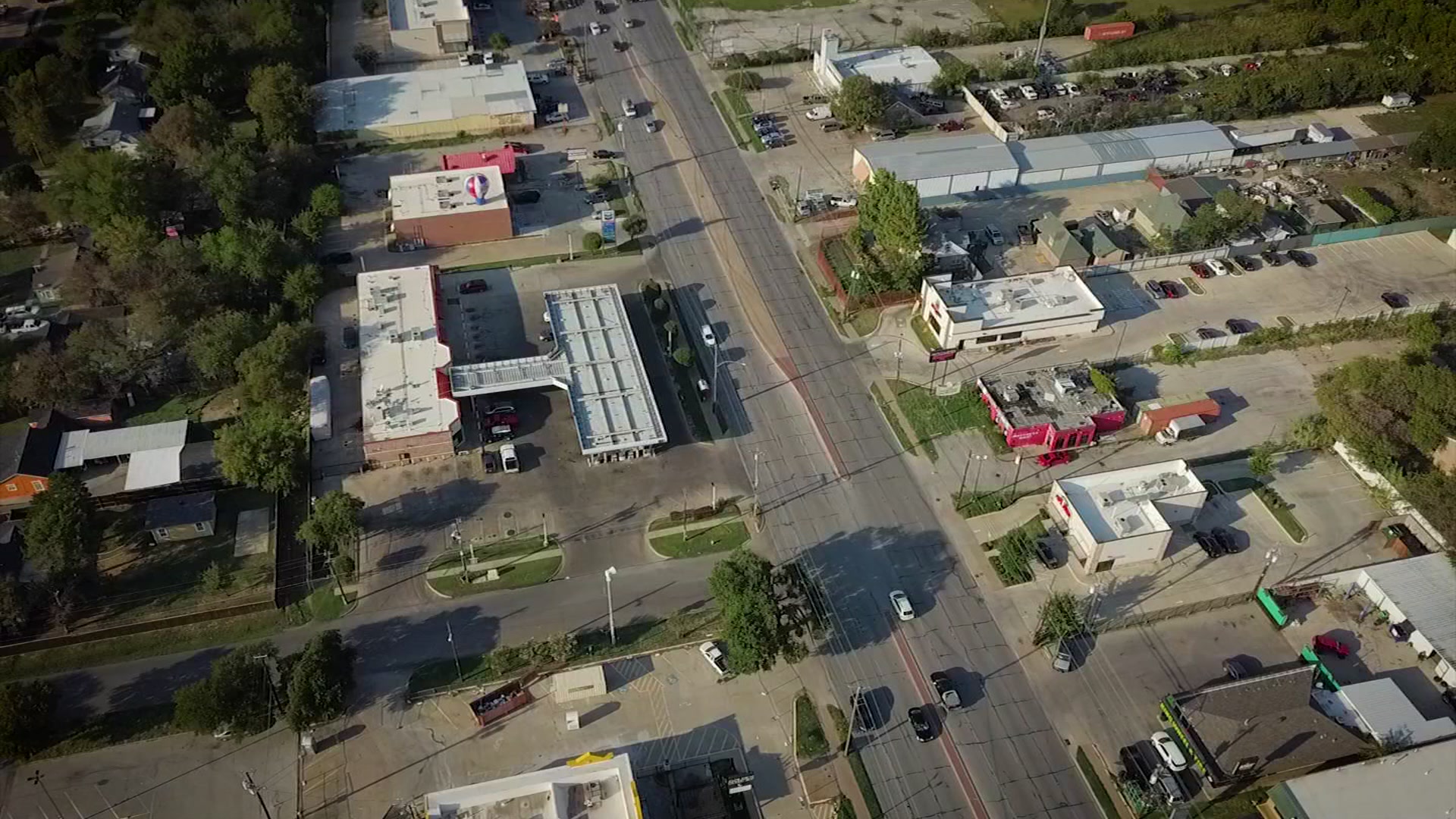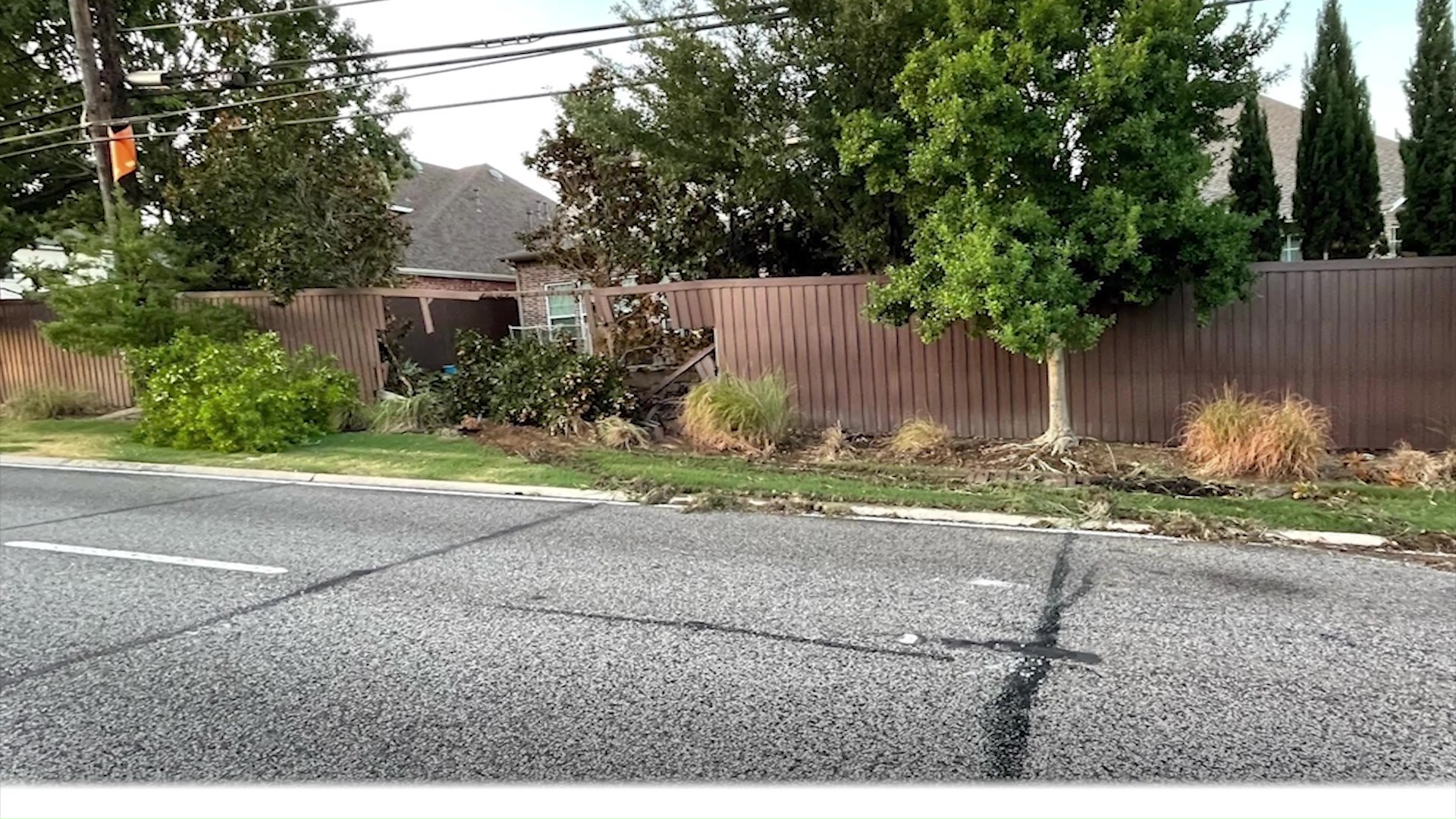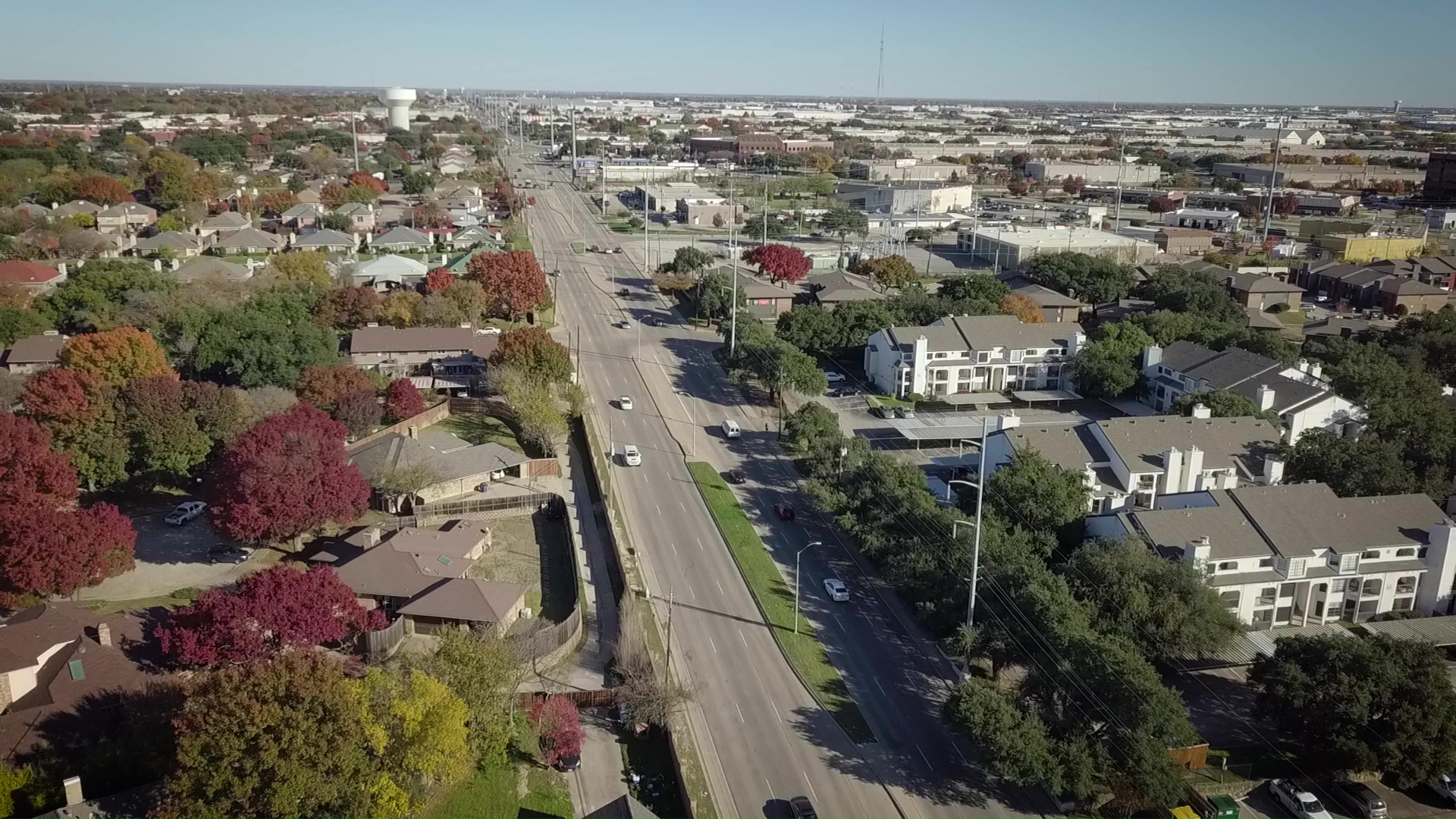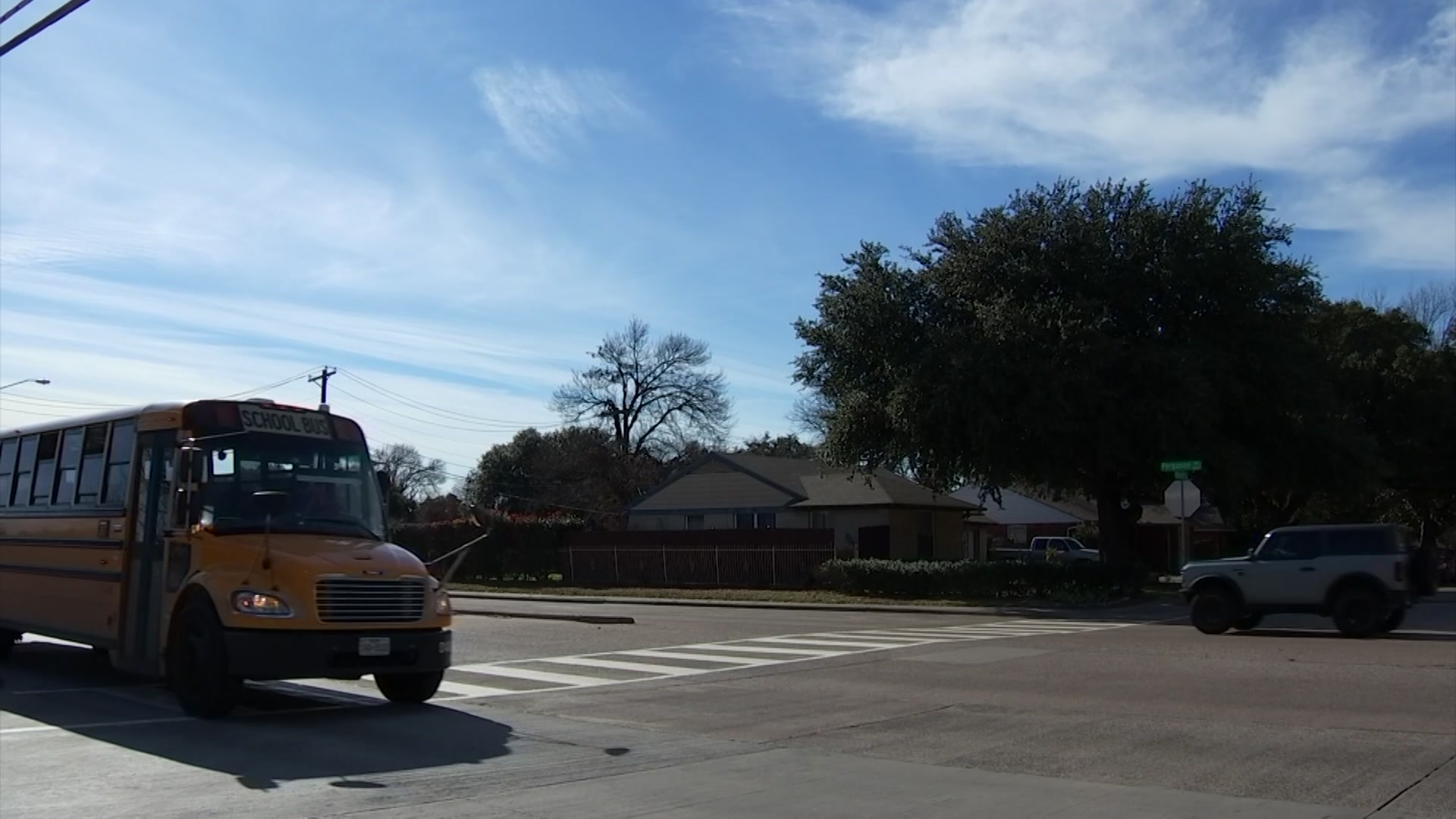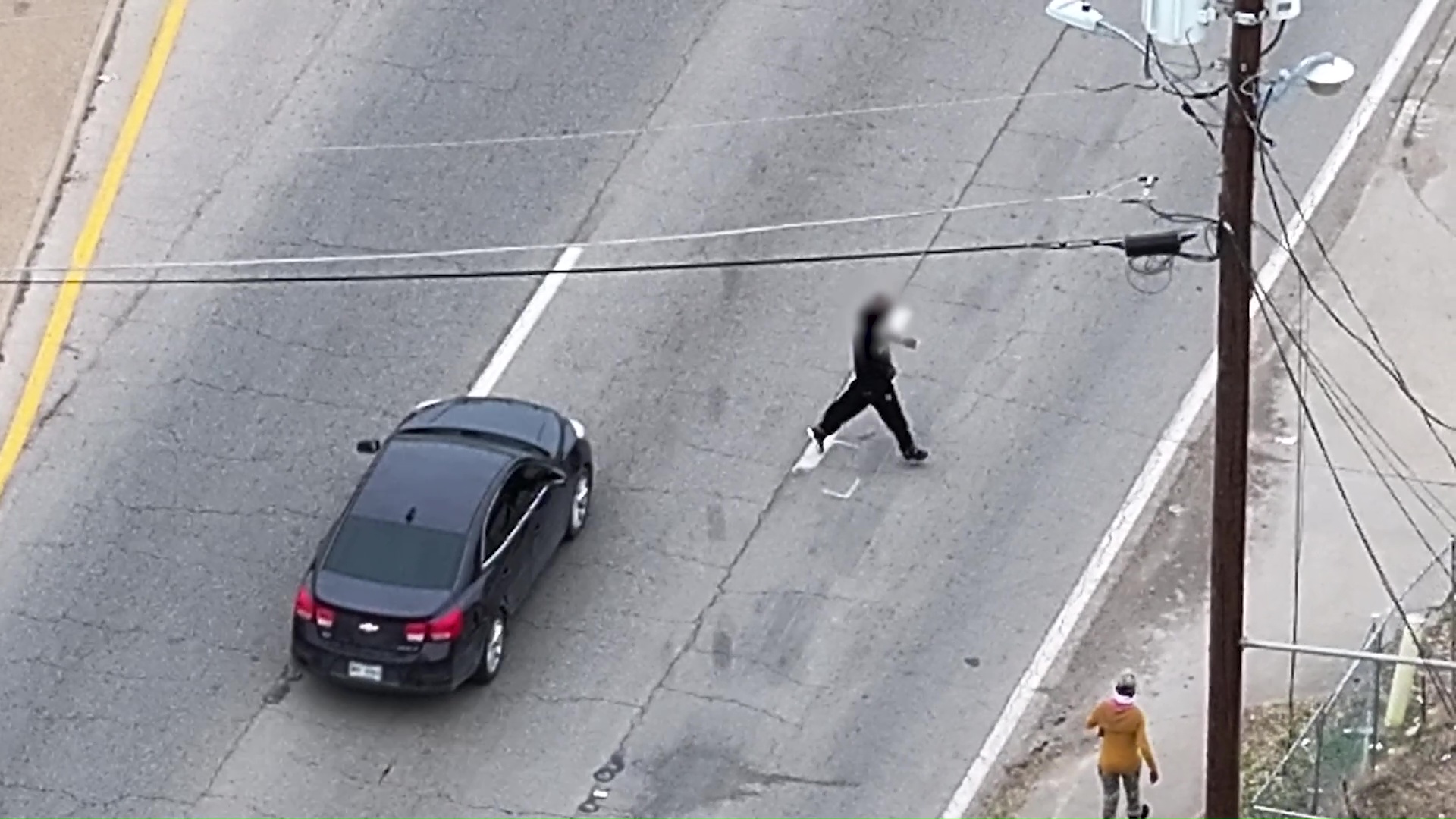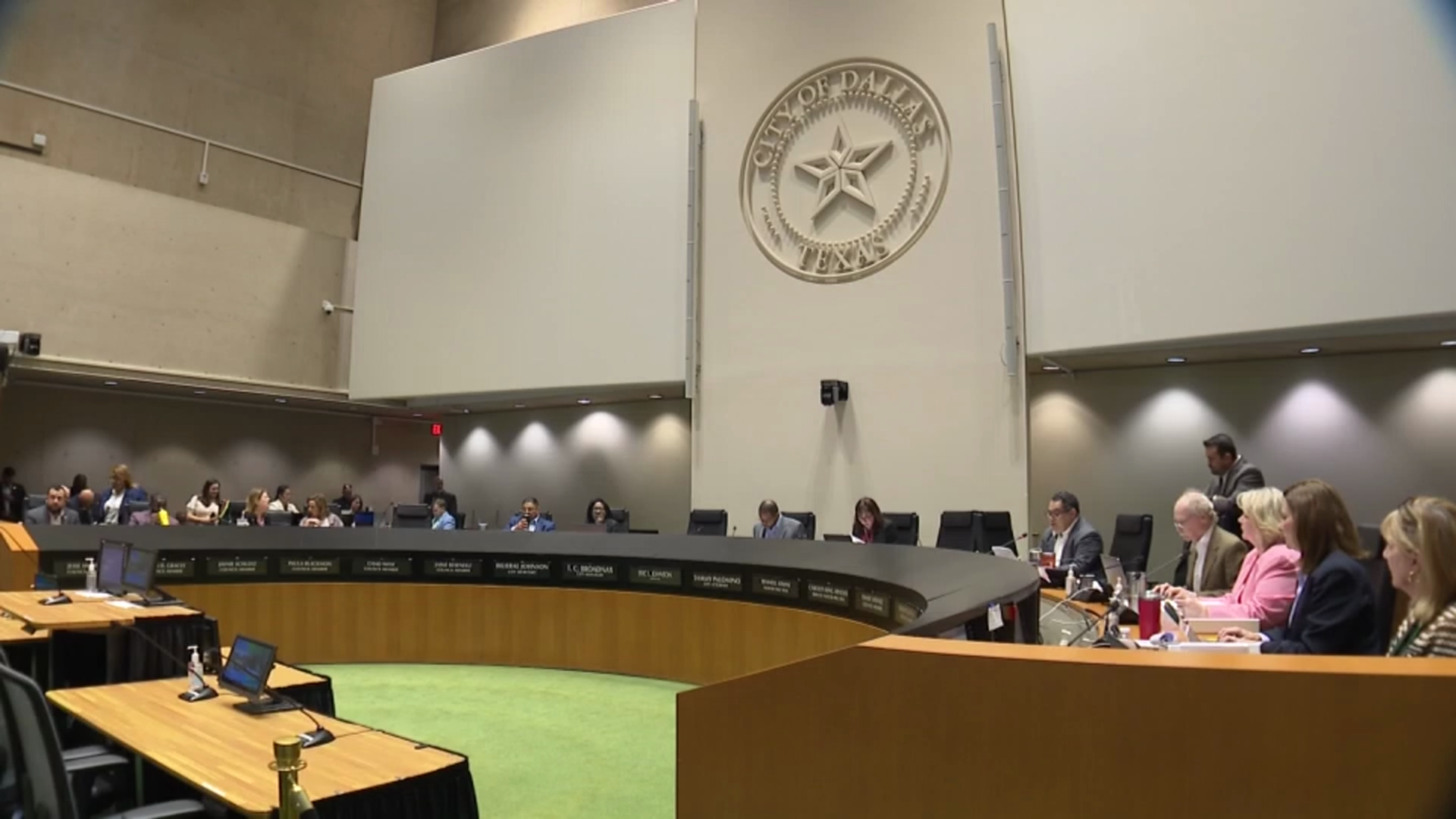Later this year, the Dallas City Council is expected to ask voters to approve more than $1 billion in bonds including approximately $500 million for streets and transportation. But the latest bond package proposal from city staff includes only about $9 million for the city’s "Vision Zero" plan to reduce traffic injuries and deaths -- that’s less than 2% of the total transportation bond.
In 2022, the council signed a ‘Vision Zero’ pledge, saying the city would work toward eliminating traffic deaths and reducing serious injuries by 50% by 2030.
The $9 million in bond funding earmarked for Vision Zero is a fraction of what the City of Austin, a smaller city than Dallas, has spent in recent years on ‘Vision Zero’ improvements that reduced deaths and serious injuries at dangerous intersections.
Since 2016 Austin voters have approved about $95 million for the city’s Vision Zero efforts. Those enhancements include major road safety improvements, including many under construction right now.
Get DFW local news, weather forecasts and entertainment stories to your inbox. Sign up for NBC DFW newsletters.
“Those are things like speed management, traffic calming projects, street lighting, major intersection projects, pedestrian crossings,” said Joel Meyer, Austin’s acting transportation safety officer.
With a Vision Zero staff of five, Austin is re-shaping its most dangerous streets by narrowing lanes to reduce high speeds, fixing intersections with high crash rates by adding wider, safer sidewalks, and adding bike lanes to better separate pedestrians and cyclists from traffic.
Austin is also adding mid-block crosswalks and protecting pedestrians with safety beacons now deployed all over the city.
Those safety beacons are more than just yellow flashing lights to indicate pedestrians are crossing. When a pedestrian presses a button on the light pole, the lights first flash yellow indicating something is about to change, then they turn red and the signal becomes a stoplight, stopping traffic in both directions and making it easier to cross without having to worry about traffic.
At intersections where Austin has made major road safety improvements, the city says it has seen a 30% reduction in fatal and serious injury crashes.
“We're showing that these investments do save lives, they do improve people's quality of life and they do save the city money,” said Meyer.
Meyer said the savings over time include fewer city emergency responses at locations with fewer crashes.
Some safety advocates believe the scale of Austin’s investment in Vision Zero indicates that Dallas, a larger city, may have to spend much more to achieve significant reductions in injuries and deaths.
“Nine million dollars would be good, a good start, but that's clearly insufficient for the needs of the city of Dallas,” said Jay Crossley, director of Vision Zero Texas.
Crossley worries $9 million won't allow Dallas to begin to make the kinds of sweeping changes Austin has seen or spread safety enhancements across the city.
NBC 5 Investigates looked more closely at the current Dallas staff bond proposal and found most of the $9 million, more than $5 million of it, would be spent on new streetlights at six high-injury locations.
Traffic safety experts said improved streetlights can make streets safer for pedestrians at night, but it does not address the number one cause of deadly crashes in Dallas, which according to TxDOT data is speeding. Speeding often occurs on older streets that some road safety advocates say were built in ways that encourage higher speeds.
“I mean, the question is, are we taking Vision Zero seriously as a city, or is it just a talking point for us to use in campaigns,” said Dallas City Councilman Chad West.
West and some of his colleagues have asked staff for a Vision Zero briefing to better understand how much money it would take to address more of the city's biggest danger zones and to learn more about how staff is choosing to spend the money. Several council members requested the briefing after reports from NBC 5 Investigates raised questions about a lack of progress on the Vision Zero plan.
“We at least need to know how they're selecting the intersections that are going to get funding and how they aren't,” said West.
“The city of Dallas should be spending significant money on this for the foreseeable future and should be systematically doing it where it will do the most good. Every year and every year, having more and more neighborhoods get this kind of benefit,” said Crossley.
City Transportation Director Gus Khankarli declined to meet with NBC 5 for an interview until after he briefs the council. In a statement, Khankarli told NBC 5, "The current (project) list is a draft and anticipate refinements to be in line with updated information from current ongoing corridor studies, council input, and other input."
Under the current plan, only two locations in the city would be physically changed using the Vision Zero bond money. Almost $4 million of the $9 million would be used to re-align the traffic lanes and update traffic signals at Sylvan and Colorado.
That location has seen one fatal crash in recent years but does not rank on the city's list of the highest injury and fatality crash locations.
The current bond proposal also includes about $50 million for what the city calls "complete streets" projects and some of those projects include some ‘Vision Zero’ style changes.
For example, $1.5 million would go to widening sidewalks and removing a traffic lane on Commerce Street downtown. That stretch of road ranks 33rd on the city's list of the highest injury locations.
On Wednesday, council members are expected to meet again to talk about the bond package.
DRIVEN TO DEATH
Sign up for our Breaking Newsletter to get the most urgent news stories in your inbox.

